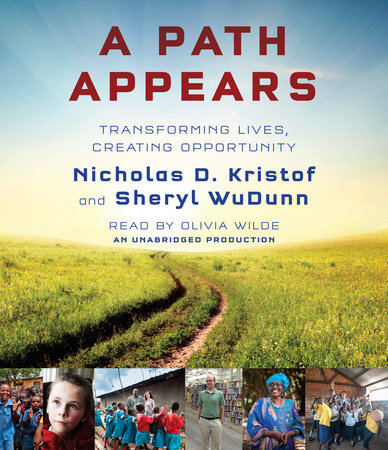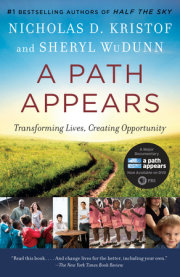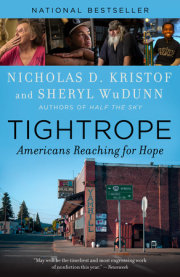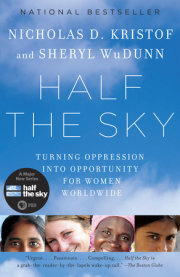Dr. Gary Slutkin was back in Chicago, his hometown, feeling restless. He was a rumpled infectious diseases specialist who had spent most of his career in San Francisco and Africa, battling tuberculosis, AIDS, and cholera. But he had burned out in refugee camps, his marriage had fallen apart, and now it was time to be nearer to his elderly parents. He had no clue what to do for work.
As he explored options, Slutkin began hearing about gang violence in Chicago, about ten-year-olds shooting other kids; this was shocking, but it also sounded more like Somalia and other places he knew. Slutkin began to study inner-city violence and pored over graphs of homicides and shootings—and to an epidemiologist they all seemed oddly familiar.
“It hit me: this is an infectious disease,” he said. The more Slutkin looked at urban violence, the more he felt that it had been misdiagnosed as solely a crime problem when in many ways it was a contagion analogous to cholera or leprosy. As with other contagions, an infection depends upon exposure among susceptible people who have low resistance or compromised immunity. Slutkin saw that “an epidemic of violence” is more than just a metaphor; in some ways murder actually spreads like a contagious disease.
“It is just as tuberculosis begets tuberculosis, or flu begets flu,” Slutkin says, “that violence begets violence.”
Once Slutkin had the insight that violence could be considered, in part, an infectious disease, he decided to tackle it as a public health problem and slow the epidemic. He started an organization called Cure Violence, and turned to ex-convicts and former gang members to act as health outreach workers and interrupt the contagion. When someone is shot, they go to the hospital room to counsel against a retaliatory hit. They gather intelligence on threats and negotiate peaceful solutions. More broadly, they try to change community norms so that those who use violence are scorned rather than respected. “Violence is learned behavior,” says Gary Slutkin. “Violence can also be unlearned behavior.”
In recent years, the Cure Violence model has spread to other cities in the United States and abroad—even to Iraq and Colombia—and results have been remarkable. Careful evaluations have found that Cure Violence can reduce serious violence by one-quarter or more, at a negligible cost. Gary Slutkin thinks that with some tweaking and enough resources, the model could reduce homicides by 70 percent.
Rachel Beckwith, Lester Strong, and Dr. Gary Slutkin reflect a yearning to express our humanity by finding innovative and effective ways to give back. We crave meaning and purpose in life, and one way to find it is to connect to a cause larger than ourselves. This book is about innovators who are using research, evidence- based strategies, and brilliant ideas of their own to prevent violence, improve health, boost education, and spread opportunity at home and around the world—and to suggest to the rest of us specific ways in which we too can make a difference in the world. Some of these people we highlight raise or contribute the money, such as Rachel and her family and admirers who made something inspiring out of a tragedy. Some are organizers, such as Slutkin and Strong. Many more are foot soldiers. Together, they are all part of a revolution in tack- ling social problems, employing new savvy, discipline, and experience to chip away at poverty and injustice. On many issues ranging from failing schools in America to intestinal parasites in Africa, there are fascinating new approaches to making a difference; in some cases, the progress is startling.
So many social problems in the twenty-first century seem intractable and insoluble. We explore Mars and embed telephones in wrist- watches, but we can’t keep families safe in the inner cities. We can map subatomic particles such as gluons, and we can design robots that drive cars, respond to speech, and defeat grandmasters in chess, but we grudgingly accept failure in our struggles to keep kids in school, off drugs, and out of gangs. Many of us know that it’s wrong and unfair that boys growing up in certain zip codes are more likely to end up in prison than in college, but we throw up our hands and surrender to the exigencies of ghetto life. Violence and poverty, whether in Congo or Chicago, remain towering realities.
We started our married life together as foreign correspondents for
The New York Times, and we have wondered for years how we can do a better job addressing the needs around us. Not everyone can help fight crime in a city’s worst neighborhoods or volunteer in schools, so most of us are left to engage in piecemeal efforts such as a donation here or there. Like many Americans, we have day jobs we need to keep, and we have been busy raising our children; that has left us looking for great causes and people to support in modest ways. We aren’t regular churchgoers who focus our giving on a particular religious establishment, and although we wanted to lend a hand, we never knew how to choose among the appeals from nonprofits that inundated us. Basically, we were mystified about how best to assist at home as well as abroad. So we investigated how one can do a better job of making a difference, how one can help institute effective change. This book is the fruit of our labors.
Copyright © 2014 by Nicholas D. Kristof. All rights reserved. No part of this excerpt may be reproduced or reprinted without permission in writing from the publisher.












